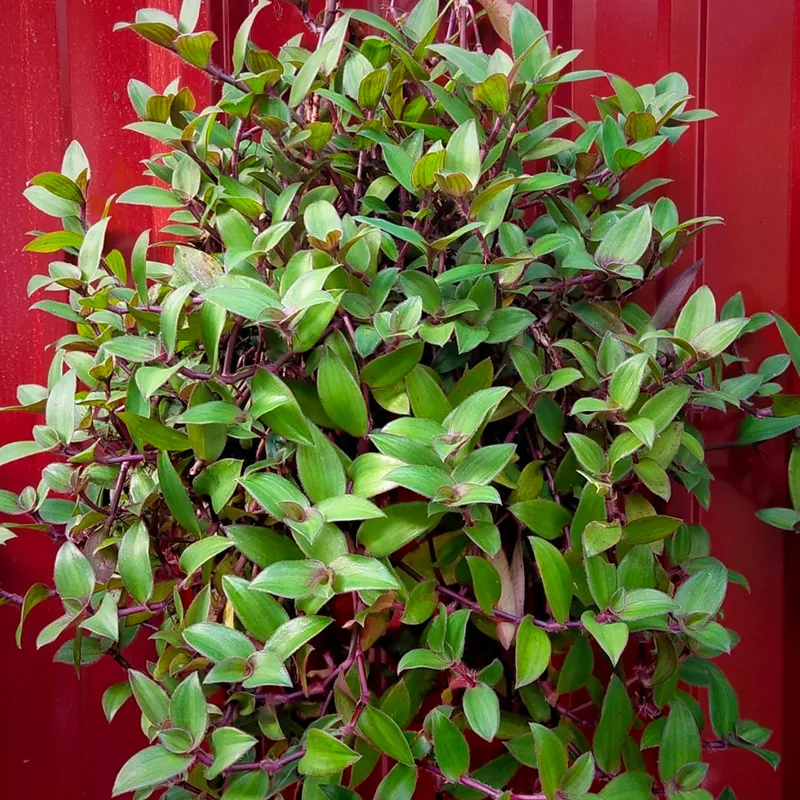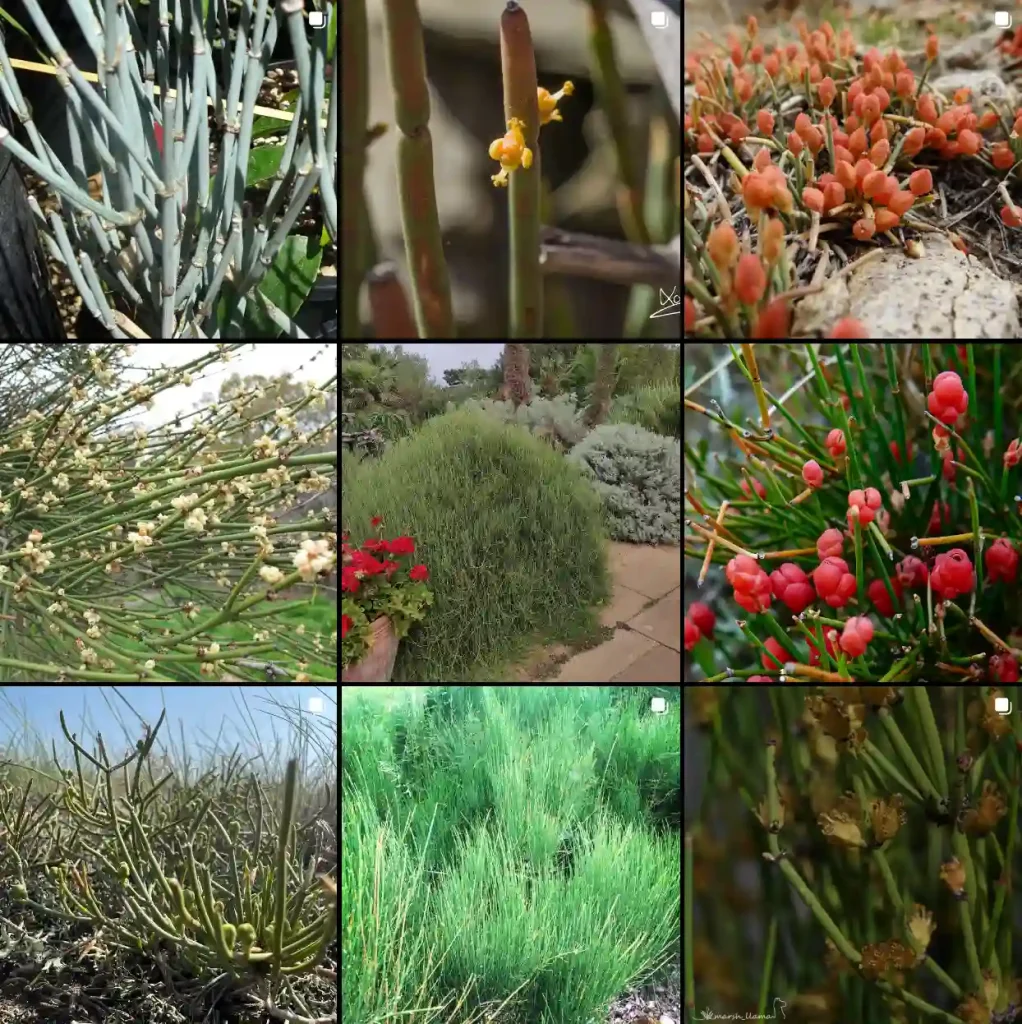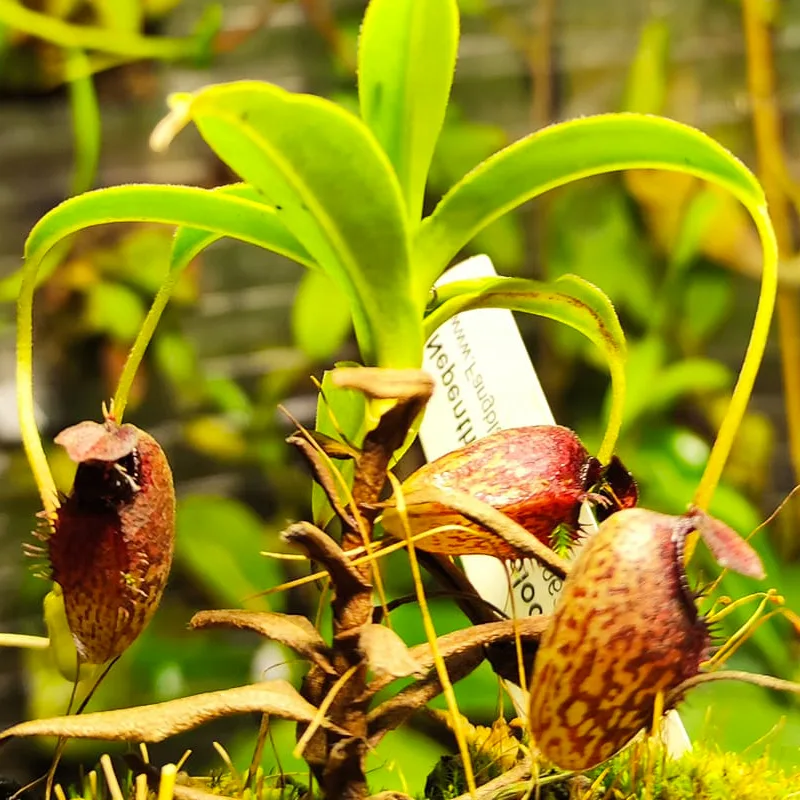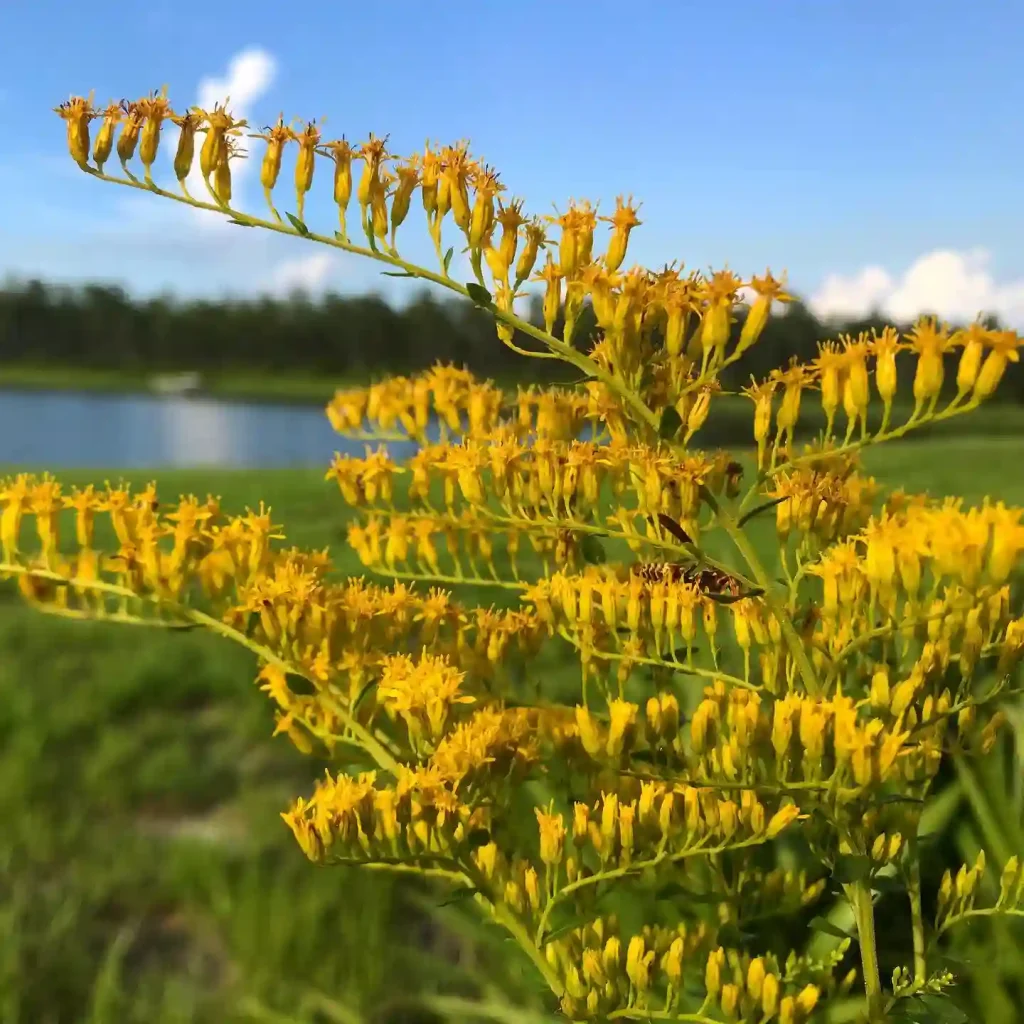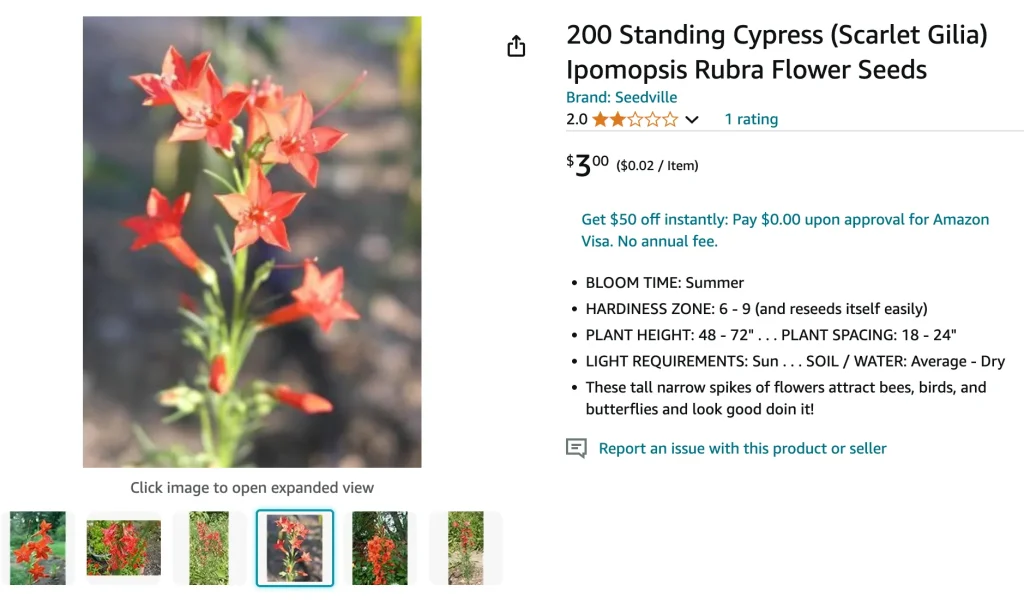
Scarlet Gilia: Your Go-To Guide for Growing and Caring for This Vibrant Plant
If you’re considering adding a splash of vibrant color to your garden, Scarlet Gilia, also known as Ipomopsis Aggregata, might be just what you’re looking for. This striking plant, with its bright red tubular flowers, is sure to catch anyone’s eye. Here, I’ll address some common FAQs about Scarlet Gilia, including how to grow it, how to pronounce its name, and more.
How to Grow Scarlet Gilia?
Growing Scarlet Gilia is quite rewarding and relatively straightforward, but it does require a bit of attention to detail. Here’s a rundown on what you need to do to get this plant thriving:
- Soil Requirements: Scarlet Gilia prefers well-drained soil. A sandy or loamy soil with good drainage is ideal. Avoid heavy clay soils which can cause root rot.
- Sunlight: This plant loves full sun. Aim for at least six hours of direct sunlight daily. However, it can tolerate partial shade, especially in hotter climates.
- Watering: Water Scarlet Gilia moderately. Once established, it is somewhat drought-tolerant but will appreciate regular watering during prolonged dry spells.
- Temperature: It thrives in cooler climates and can handle light frosts. In warmer areas, it might need some protection from the intense midday sun.
- Fertilizing: Fertilize lightly, as too much fertilizer can lead to lush foliage at the expense of flowers. A balanced, all-purpose fertilizer applied once in early spring is usually sufficient.
How to Pronounce Scarlet Gilia?
The pronunciation of Scarlet Gilia might seem a bit tricky at first. It is pronounced as “scar-let JIL-ee-uh.” Emphasize the “JIL” part, which helps in getting the pronunciation just right. This might sound complicated initially, but with a bit of practice, it becomes easier.
Is Scarlet Gilia Edible?
Scarlet Gilia is not known for being edible. While it is not considered toxic, it is best to avoid consuming any parts of the plant. There is no culinary use or traditional medicinal application associated with this plant, so it’s best to enjoy it for its ornamental beauty rather than as a food source.
How to Care for Scarlet Gilia?
Caring for Scarlet Gilia involves some regular maintenance:
- Pruning: Deadhead the flowers to encourage continuous blooming. Remove any spent or diseased foliage to keep the plant healthy.
- Pest Control: Scarlet Gilia is generally pest-resistant. However, keep an eye out for common garden pests like aphids or spider mites. Treat infestations with appropriate insecticidal soap or neem oil.
- Mulching: Apply mulch around the base of the plant to help retain soil moisture and keep weeds at bay.
How to Propagate Scarlet Gilia?
Scarlet Gilia can be propagated from seeds or by division. Here’s how:
- From Seeds: Sow seeds directly in the garden after the last frost. They can also be started indoors 6-8 weeks before the last frost. Scarlet Gilia seeds need light to germinate, so do not cover them with soil.
- By Division: Divide established plants in early spring or fall. Be sure to replant divisions promptly to avoid root stress.
What to Plant With Scarlet Gilia?
Scarlet Gilia pairs well with other wildflowers and plants that have similar growing conditions. Consider planting it alongside:
- Penstemon: These also thrive in similar conditions and add complementary colors.
- Lupine: Another wildflower that offers beautiful blooms and can coexist well.
- Yarrow: With its feathery foliage and hardy nature, it creates a lovely contrast.
Can You Grow Scarlet Gilia Indoors?
Scarlet Gilia is best suited for outdoor gardens. It requires full sunlight and space to grow, making it challenging to cultivate indoors. If you have a very bright and spacious indoor area, you might try growing it in a large container, but it will likely perform best in an outdoor garden setting.
Is Scarlet Gilia Toxic?
Scarlet Gilia is non-toxic and safe for pets and children. There are no known harmful effects associated with this plant, which makes it a great choice for gardens where pets and kids roam.
Benefits of Scarlet Gilia
Scarlet Gilia offers several benefits:
- Attractive Blooms: Its vibrant red flowers attract pollinators like hummingbirds and bees, making it a great addition to a wildlife-friendly garden.
- Low Maintenance: Once established, Scarlet Gilia is relatively easy to care for and drought-tolerant.
- Unique Appearance: Its tubular flowers add a unique touch to garden beds and borders.
Common Problems
Here are a few issues you might encounter with Scarlet Gilia:
- Powdery Mildew: This can affect the plant if it’s grown in overly humid conditions. Ensure good air circulation and avoid overhead watering.
- Root Rot: This can occur in poorly drained soils. Ensure proper drainage to prevent this problem.
Compare with Similar Plants
Scarlet Gilia can sometimes be confused with other vibrant wildflowers. Here’s a quick comparison:
- Firecracker Penstemon: Both have tubular flowers, but Scarlet Gilia’s blooms are more deeply red, while Firecracker Penstemon may have a wider color range including pinks and purples.
- Red Hot Poker: While similar in color, Red Hot Poker plants have a different flower shape and growth habit.
By understanding these aspects of Scarlet Gilia, you can ensure that your garden benefits from its stunning blooms and vibrant color. Whether you’re planting it for its beauty or its ability to attract pollinators, Scarlet Gilia is a wonderful addition to any garden.
If i die, water my plants!
